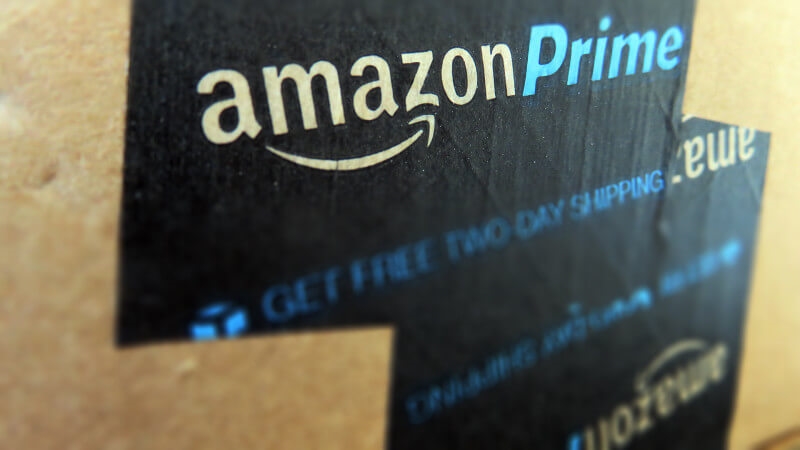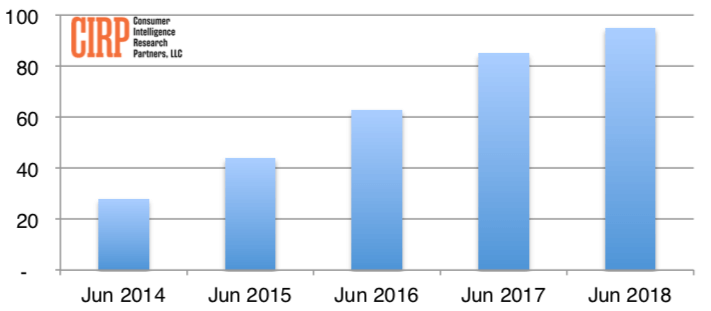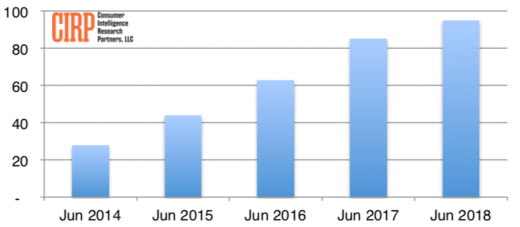Amazon trumpets Prime Day success despite myriad glitches and problems
But analyst firm says Prime membership growth has dropped from 35 percent to 12 percent and will continue to slow.

The 36-hour e-commerce bacchanal called Prime Day got off to a rocky start (July 21, 2018) afternoon, with glitches and crashes that frustrated many shoppers. People were still receiving error messages late into last night.
Today, all seems to be running smoothly as Amazon touted the growth of this year’s event. The company earlier tweeted, “In the first ten hours, #PrimeDay grew even faster, year-over-year, than the first ten hours last year.” Another tweet identified the bestselling products so far:
- Fire TV Stick with Alexa Voice Remote
- Echo Dot
- Fire 7 Tablet with Alexa
- InstantPot 6 Quart, 7-in-1 Multi-Use
- LifeStraw, Personal Water Filter for Hiking
Amazon expanded the international reach of Prime Day this year. It’s available to Prime members in 17 countries: the US, the UK, Spain, Mexico, Japan, India, Italy, Germany, France, China, Canada, Belgium, Austria, Australia, Singapore, the Netherlands and Luxembourg. The last four are new additions for 2018.
US Amazon Prime Members (millions)

Amazon reports that it has “over 100 million paid members” globally. Consumer Intelligence Research Partners (CIRP) estimated that Amazon has 95 million Prime members in the US, who spend roughly $1,400 per year. That compares with about $600 per year for non-Prime Amazon customers. The firm also said that 59 percent of Amazon shoppers belong to Prime, which now costs $119 per year.
Prime Day has been instrumental in growing Prime’s Membership ranks since its inception. However, CIRP says that growth of Prime Memberships is now slowing. According to the firm, Prime grew 12 percent in the past year, down from 35 percent in the previous year.
Despite this slowing growth, the company’s revenues continue to climb. According to recent eMarketer estimates, Amazon is responsible for just under 50 percent of all online retail spending in the US.
Marketing Land – Internet Marketing News, Strategies & Tips
(14)



